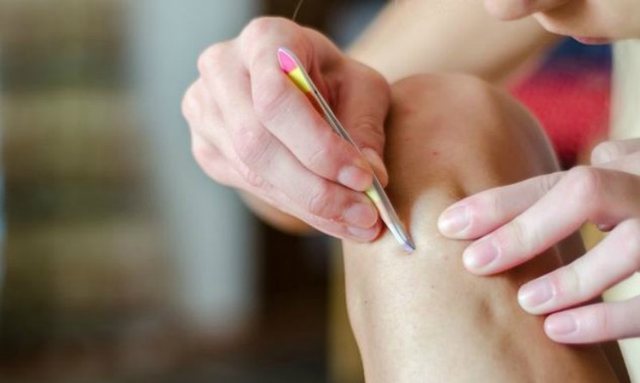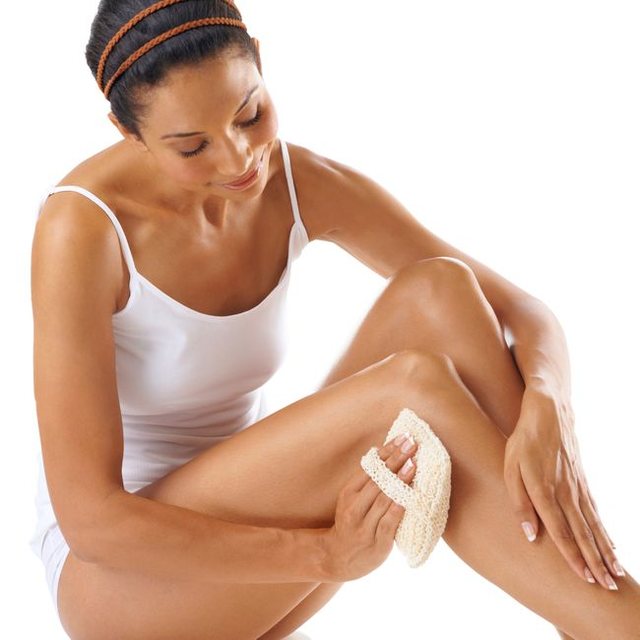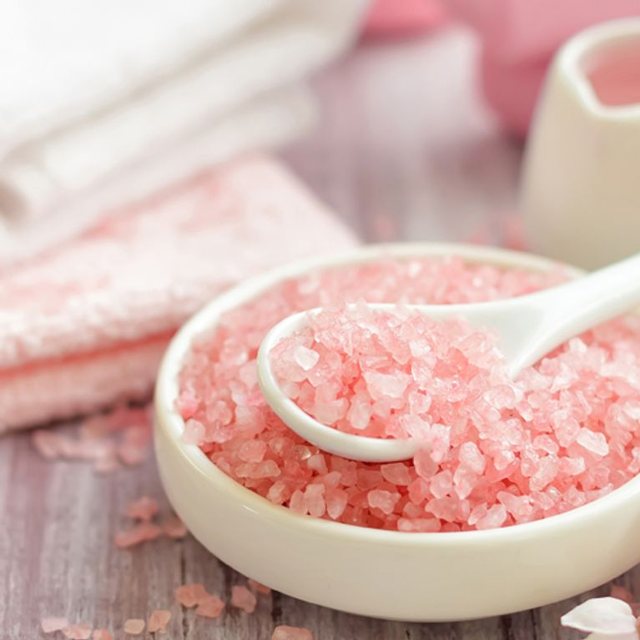
The problem of inner hair growing under the skin is one of the most familiar and difficult for all girls and women who are waxing with ineffective methods. Basically, these are hairs that cause rash and inflammation when they grow under the skin.
Among the major culprits are electric brushes and waxers: because of the excessive pressure exerted on the skin by these instruments, the hair shaft tends to re-insert into the skin, becoming one with it. Even tweezers can cause frozen hair: this is because only a part of the hair is removed while the rest tend to grow normally under the skin. In other cases, finding an obstruction, as a deadly dead pores, can not get into the superficial epidermal layer, remaining below.

In addition to being particularly annoying, adult hair and under the skin, mainly in the pubic area, but especially at the feet, can lead to the formation of stools filled with sebum and cyst. In some cases, the problem may end in an infection, folliculitis. Narrow dresses can be another reason that does not allow the skin to breathe freely. But then, how can we limit the growth of hairs under our skin as much as possible?
Good hygiene and the continued use of a cleanser or rubber definitely help to prepare the skin for a good hair removal, the first step to avoid rash and folliculitis. Secondly, you should choose the appropriate methods for removing them: in fact, it is advisable to avoid shaving or an electrical epilator, especially in delicate parts such as pubic areas, as it is more likely that closures will occur and pores clogs; in fact, it is better to choose cold squeezing strips, classic hot wax or Arab waxing, definitely delicate.
Even the use of comedogenic creams and cosmetics can contribute to the formation of this kind of problem. Coconut oil and coffee are ideal for use in skin skins, which prevents hair growth from under the skin.

The most effective tools against twisted hair
But what are the effective tools to remove the skin under the skin? Below we propose a set of natural methods, not very demanding to experiment at home alone. Physical Removal: Using a simple tweezers or a disinfected sewing needle, you can break the surface layer of the skin, allowing the hair to come off. It's certainly a painstaking job and a bit uncomfortable, which we advise to do only when the hair under the skin is quite noticeable.
Cleaning: As already mentioned, this is one of the simplest and less invasive techniques. It's enough to do a cleaning. Remember an exfoliate cleaning during the shower. Rub the skin's superficial layer, gently and with the help of a sponge, you can remove the dead skin and help the end of the hair to come to the surface.
Sugar and water: the use of these elements allows the formation of a soft, but not too fine, perfect for a natural and non-invasive cleanser able to remove dead skin and expose a piece of hair.

Salt: Salt is also a great natural remedy, capable of eliminating dead cells and facilitating the emergence of hair on the skin. Always use it along with water. Moreover, antibacterial and anti-inflammatory power helps prevent infections due to excess sebum.





